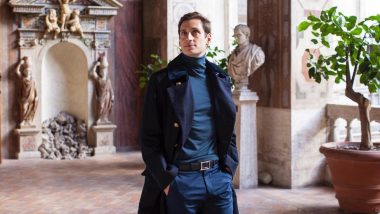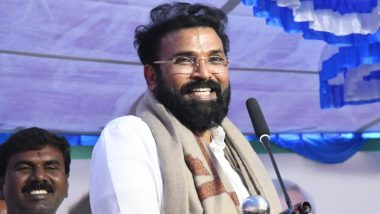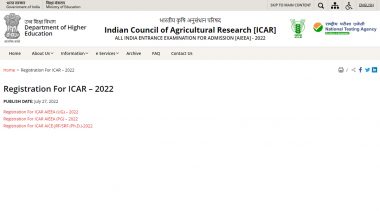One of Cristiano Leone’s many artistic and curatorial endeavours is to encourage dialogue between contemporary creation and historical and artistic heritage. The Italian philologist is a renowned curator, artistic director, and playwright and has gained mass recognition for his medievalist works. Through a two-pronged strategy that combines philology with contemporary art, Leone pursues an active and metamorphic approach to embrace the ever-changing cultural flows of the present.
Having acquired a PhD in Romance Philology, Leone has held teaching positions at Bocconi University and Sciences Po Paris. He was also a Romance Philology and Linguistics teacher at the Université de Namur.
After obtaining an Executive Master's degree in management (Solvay Brussels School of Economics and Management), Leone successfully contributed to merge the Paris-Sorbonne and Pierre et Marie Curie universities to create a multidisciplinary, world-class university. It accommodates lecturers and researchers that have coordinated numerous interdisciplinary projects related to digital innovation. He served as the head of cultural programming and communication at the French Academy in Rome – Villa Medici for three years. During his time there, Leone exercised his managerial and artistic skills and directed a team of 15 agents. Leone single-handedly coordinated all the cultural aspects of the Academy. From exhibition design and production to didactic activities and publications, Leone also liaised with fellow artists and researchers, directed the Academy's internal and external communication and redefined its visual identity. He was also in charge of the artistic direction of the festival Villa Aperta (Open Villa), in which visual arts and electronic music intertwine, notably inviting the Nobel Prize for Literature, Gao Xingjian, for the 2018 edition.
After that, he took on a groundbreaking project for the Roman National Museum to promote dialogue between contemporary creators and historical heritage. This project was called Ō. It took place in the monumental archaeological complex of the Baths of Diocletian and involved fifty international artists (including Anna Calvi, Seth Troxler, Francesco Tristano, Francis Kurkdjian, and Omar Souleyman). The success of this project led to the inception of the second edition of the festival, which this time was staged in the fabulous museum of Palazzo Altemps for several months. Ō. Tempo di Design, Danza, Musica, Teatro, Cinema e Fotografia was born. The architecture, statues and artefacts that inhabit Palazzo Altemps came to life through the creative actions of the artists, suggesting a relationship of continuity between antiquity and contemporary Rome.
In 2019, he conceived the dramaturgy of Euripides' play The Trojan Women, presented at the Greek Theatre in Syracuse. In the same year, he also worked for television and became the author of a television program for Rai Tre, broadcasted to commemorate the 30th anniversary of the fall of the Berlin Wall.
After attaining substantial experience in the sector, Leone established his own production company in 2019: Cristiano Leone Productions. In 2020, he created a series of audiovisual projects designed to enhance Rome's historical heritage through the medium of dance.
Leone is an expert in confronting texts critically and rigorously. He takes a disciplined approach that also allows him to interpret more dematerialized forms of creations such as performance art. As of 2021, he teaches Artistic Direction at Sciences Po Paris and Performing Arts Management at Bocconi University in Milan, a privileged opportunity to confront younger generations and challenge any methodological preconceptions. Leone strongly believes in the power of art as a means to decode the present socio-political implications and in its capacity to function as a temporal bridge in which a plurality of epochs, styles, and meanings collide. He diligently promotes a cultural vision focused on encouraging dialogue between contemporary creation and historical and artistic heritage. Through this unique dialogue, he feels that he can reinvigorate the artistic heritage and explore unprecedented paths of creation. His mission is to nourish the reflection on the contemporary through the study of the past and explore how contemporary art can help us see our cultural legacy with new eyes.
In the near future, he hopes to concentrate on designing and developing artistic projects with a strong social impact that will leave a trace in the urban landscape of our cities. To develop novel strategies so that art, in its many manifestations, can inhabit the centre and periphery of our cities, he is bringing together a network of creators, cultural agents, and institutional and independently run spaces to habilitate an uncensored space in which critical thinking and diversity belong. What better remedy to our existential anxieties than the cathartic experience of art?



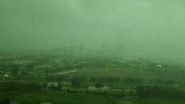


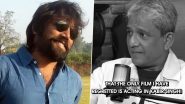







 Quickly
Quickly








